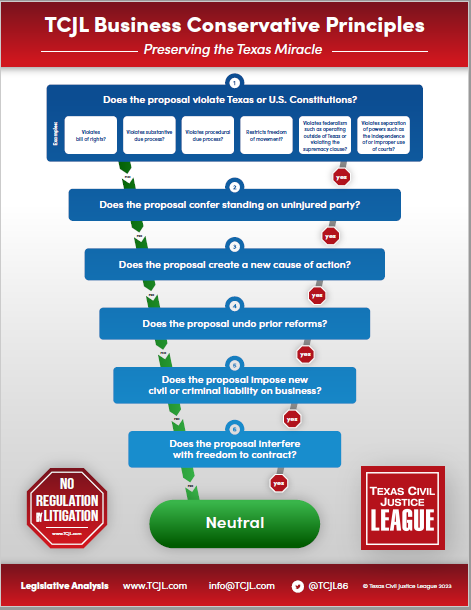 In one of the strangest cases we’ve ever seen, the Beaumont Court of Appeals has finally put to rest a dispute over homeowner’s coverage that dragged out over five years and featured conflicting representations of whether the plaintiff was alive or not.
In one of the strangest cases we’ve ever seen, the Beaumont Court of Appeals has finally put to rest a dispute over homeowner’s coverage that dragged out over five years and featured conflicting representations of whether the plaintiff was alive or not.
Michael Mitchell v. USAA General Indemnity Company (No. 09-23-00042-CV; February 27, 2025) stemmed from the November 2019 explosion at the TPC chemical plant in Port Neches. Plaintiff hired counsel to represent him in regard to a claim on his USAA homeowner’s policy. Counsel invoked appraisal under the policy. USAA acknowledged counsel’s representation and provided the adjuster’s name and contact information. Meanwhile, Counsel’s firm retained an appraisal firm which estimated repair costs of $29,182.25. The estimate, however, didn’t link the repairs to the plant explosion. Plaintiff’s counsel nevertheless sent USAA a demand letter for that amount, plus $10,000 in costs and attorney’s fees. He further alleged violations of the DTPA and Insurance Code. He again invoked appraisal and provided the contact information of his appraiser. USAA had the property inspected and came up with a replacement cost of $4,367.11. It applied the deductible and issued a check to the insured for $3,367.11. After some back-and-forth with Plaintiff’s counsel, USAA retained an engineer to look at Plaintiff’s property again. He found that the explosion didn’t cause any of the damage to the home. Based on the report, USAA declined to pay more money than it already had.
Plaintiff filed a lawsuit alleging contractual and extracontractual claims. Plaintiff’s disclosures to his petition, however, did not list TPC as a responsible third party. Some time later he moved to compel appraisal, but USAA responded that the parties had no disagreement on the amount of loss, the policy didn’t authorize it. Nevertheless, the trial court granted appraisal, but neither Plaintiff nor his counsel responded to their own appraiser. USAA complained that Plaintiff actively refused to allow appraisal and thus waived his right to an appraisal. At a hearing, Plaintiff’s counsel stated that Plaintiff had died suddenly, but two weeks later admitted that wasn’t the case and that Plaintiff was in contact with the appraisers and setting up an appraisal the following month. No doubt fed up by this point, the trial court granted USAA’s motion to vacate the appraisal order and assessed costs against Plaintiff. Plaintiff requested reconsideration on the basis that “his computer problems prevented him from logging in to the Zoom hearing and that he was unable to timely reach court personnel by telephone.” Things went on like this for some time. Plaintiff never responded to USAA’s discovery requests, and Plaintiff’s counsel once again claimed his client was dead. USAA eventually moved for sanctions and to dismiss the case. The trial court complied, striking Plaintiff’s pleadings and dismissing the case with prejudice. It then denied Plaintiff’s motion for new trial. Plaintiff appealed.
In an opinion by Justice Wright, the court concluded that Plaintiff failed to comply with TRAP 33.1, which requires a party, in order to preserve error for appellate review, “to timely complain to the trial court ‘with sufficient specificity to make the trial court aware of the complaint, unless the specific grounds were apparent from the context[.]’” Additionally, TRCP 321 and 322 require that “[g]rounds of objections couched in general terms … shall not be considered by the court[]” and “[e]ach point relief upon in a motion for new trial … shall briefly refer to that part of the ruling of the court … in such a way that the objection can be clearly identified and understood by the court.” Here Plaintiff’s motion for new trial was vague and non-specific, arguing only that “material fact issues clearly remain.” As the court pointed out, Plaintiff’s arguments on appeal appear “nowhere” in his motion for new trial, nor did it “state that the trial court abused its discretion in dismissing his case.”
Relying on Moritz v. Preiss, 121 S.W.3d 715 (Tex. 2003), the court ruled that because Plaintiff raised a new argument in an amended motion for new trial more than 30 days after judgment was signed (it took him more than two months). Moritz gave the trial court the option of disregarding Plaintiff’s untimely arguments raised in response to USAA’s sanctions motion or granting a new trial. Given the history of the case, the trial court evidently had had enough and took the first option. Regardless of what the trial court might have done, however, Plaintiff did not preserve issues for appellate review. Without further comment, the court affirmed the trial court dismissal with prejudice.
What this case tells us is that USAA bent over backwards to work with Plaintiff and his counsel and was met at every turn with tergiversation, delay, and confusion. We’ve read a lot of cases and have never before seen anything like the bit about Plaintiff dying, coming back to life, and then maybe dying again. That’s just weird. In any event, the shame of it is that it took about five years for this case to finally go away. That represents a significant amount of judicial resources and defense costs. And we wonder why insurance rates are so high?








